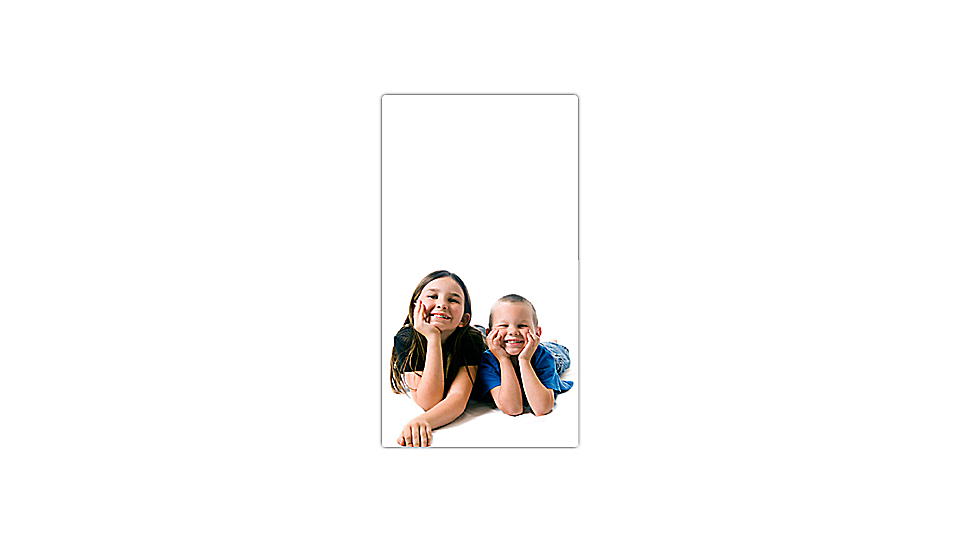Kids Helping Kids: Building Literacy Skills Through Charity

Research indicates that children are more likely to engage in literacy tasks when they have a genuine purpose or motivation for doing so. What’s more real than building a well or helping people without homes?
Hannah Taylor was five years old when she started painting ladybug jars and asking businesses for spare change to help people without homes. The Ladybug Foundation was born.
Alexandra “Alex” Scott was four years old when she set up a lemonade stand to help doctors find a cure for the cancer suffered by many children, including herself. To date, Alex’s Lemonade Stand has raised over 30 million dollars for cancer research.
Craig Kielburger was twelve years old when he came across an article about a Pakistani boy who was murdered for speaking out against child labor, and he started Free the Children to combat child labor.
I haven’t met any of these individuals, some of whom are now adults, but I can guarantee that their charitable efforts have required plenty of opportunities to read, write, speak, and listen—commonly known as the “language arts” in school. Numerous studies have shown how literacy skills improve the more they’re used. Research also indicates that children are more likely to engage in literacy tasks when they have a genuine purpose or motivation for doing so. And most scholars agree that learning is optimized when children can apply their developing language and literacy skills in real contexts. What’s more real than building a well or helping people without homes?
On a personal level, I’m inspired by these stories of children finding ways to help others. As a literacy educator, I’m compelled to consider how children engaging in such charitable acts are reinforcing important learning skills along the way. Surely, Hannah has learned a lot about persuasive speaking, approaching businesses with her ladybug jars. Undoubtedly, Craig enhanced his reading comprehension and critical thinking skills as he read up on child labor in Pakistan and began to formulate a plan to combat it.
The best part is that any child can share in the wealth that comes from contributing. Each one of the links above (more below) sends you to a foundation website loaded with real reasons for your child to read, write, create, and take part in a movement that not only helps the common good, but builds literacy muscle.
Perhaps you know of other children who are helping others and becoming better readers, writers, speakers, or listeners along the way. If so, we’d love to hear their stories!
More Child-Founded Charities
Ryan Hreljac was seven years old when he worked four months to earn $70 doing household chores to build a well in a Ugandan village. Today, Ryan’s Well has contributed to over 500 water and sanitation projects in 16 countries.
Makenzie Snyder was seven years old when she started filling duffle bags with stuffed animals to distribute to foster children. Children to Children has reached 60,000 foster children in the United States.
Janine Licare and Aislin Livingstone were nine years old when they started selling their artwork to save the rainforest and rehabilitate baby animals. Their efforts grew into Kids Saving the Rainforest.
Annie Wignall was eleven years old when she started creating fabric bags filled with essentials and comfort items for children in crisis situations. Today, the Care Bags Foundation continues to thrive.








